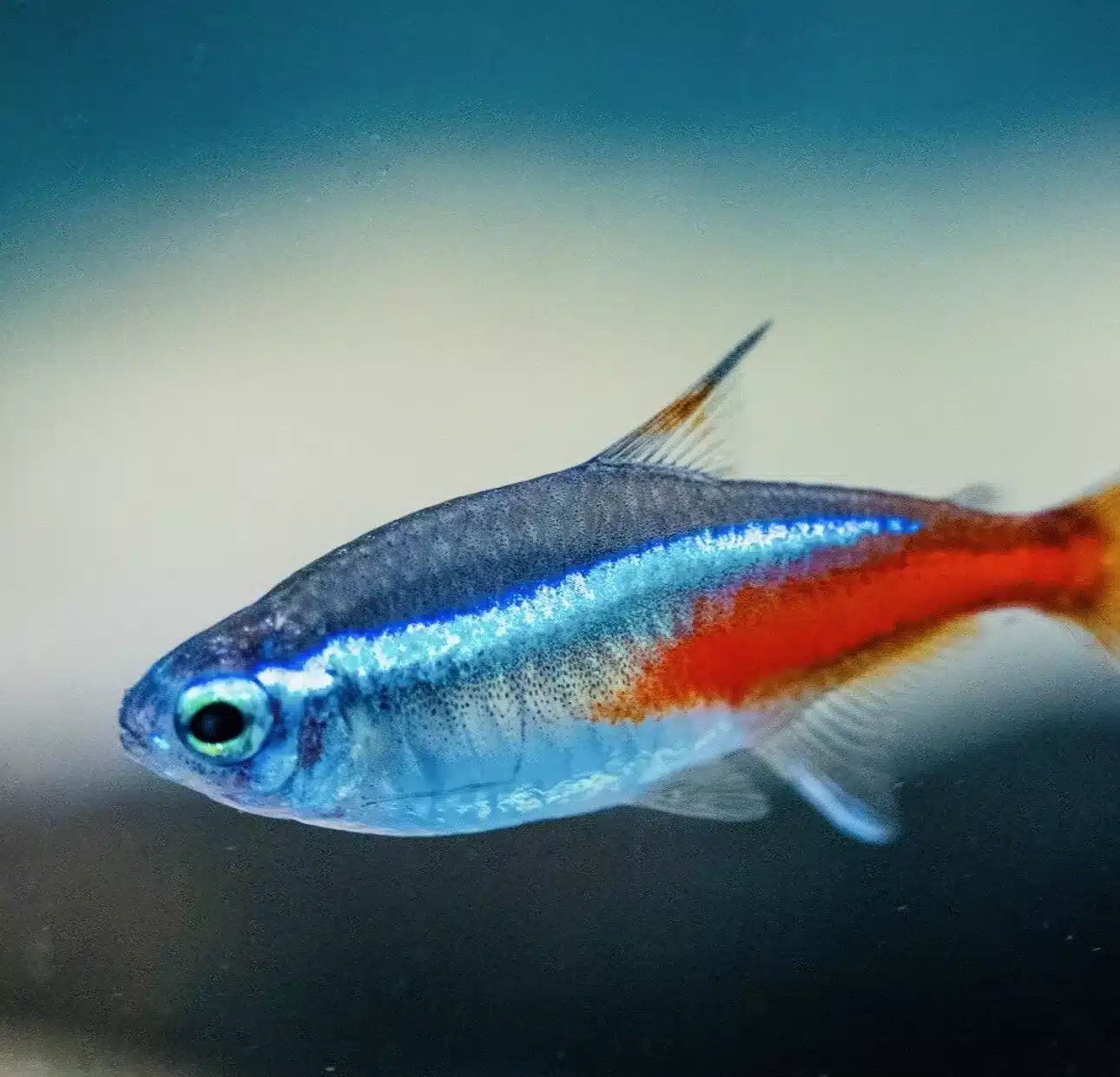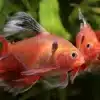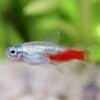To provide the best experiences, we use technologies like cookies to store and/or access device information. Consenting to these technologies will allow us to process data such as browsing behaviour or unique IDs on this site. Not consenting or withdrawing consent, may adversely affect certain features and functions.
The technical storage or access is strictly necessary for the legitimate purpose of enabling the use of a specific service explicitly requested by the subscriber or user, or for the sole purpose of carrying out the transmission of a communication over an electronic communications network.
The technical storage or access is necessary for the legitimate purpose of storing preferences that are not requested by the subscriber or user.
The technical storage or access that is used exclusively for statistical purposes.
The technical storage or access that is used exclusively for anonymous statistical purposes. Without a subpoena, voluntary compliance on the part of your Internet Service Provider, or additional records from a third party, information stored or retrieved for this purpose alone cannot usually be used to identify you.
The technical storage or access is required to create user profiles to send advertising, or to track the user on a website or across several websites for similar marketing purposes.



















Emily Carter (verified owner) –
I recently added the 20 Neon Blue Tetras to my aquarium, and I couldn’t be happier! As a passionate fish parent, I prioritize the health and happiness of my fish above all. After two weeks of observing them, I can say these little beauties have truly transformed my tank. Their vibrant colors are absolutely mesmerizing, especially when they school together, creating a stunning display.
They arrived in excellent condition – lively and alert! The seller was quick to ship and included helpful care instructions, which I always appreciate. I’ve kept other freshwater fish before, but these Neon Blue Tetras stand out for their active and social behavior. Compared to other tetras I’ve had, these are definitely more engaging.
If you’re considering adding tropical fish to your setup, I highly recommend these Neon Blue Tetras. They thrive in groups and adapt well to a community tank, making them perfect for both beginners and seasoned aquarists alike. Just ensure your tank is well-maintained and properly cycled, and you’ll see these little guys flourish! One minor note: they do prefer a bit of cover in the tank, so adding some plants or decorations might enhance their environment. I’ll definitely be purchasing more soon!
Emily Carter (verified owner) –
I recently purchased 20 Neon Blue Tetras for my 55-gallon aquarium, and I couldn’t be happier with my decision! These little gems arrived healthy and vibrant, each measuring around 1 to 1.5 cm. It’s been about two weeks, and they are settling in beautifully, schooling together and bringing so much life to my tank. Their shimmering blue and hints of neon are simply breathtaking under the lighting.
As a caring fish parent, I appreciate how these tropical fish thrive in groups, and I’ve noticed they exhibit such playful behavior when they feel comfortable. Compared to other schooling fish I’ve tried, the Neon Blue Tetras are far more active and visually stunning. The only small concern I had was that one seemed slightly shy at first, but with a bit of time, they’ve all become quite confident.
I highly recommend these tetras to anyone looking to create a vibrant aquatic environment. They’re perfect for both beginners and seasoned aquarists like myself. Plus, it’s heartwarming to see them flourish in a well-maintained community tank. Just remember to keep their water conditions stable and provide plenty of hiding spots! I would definitely buy them again!